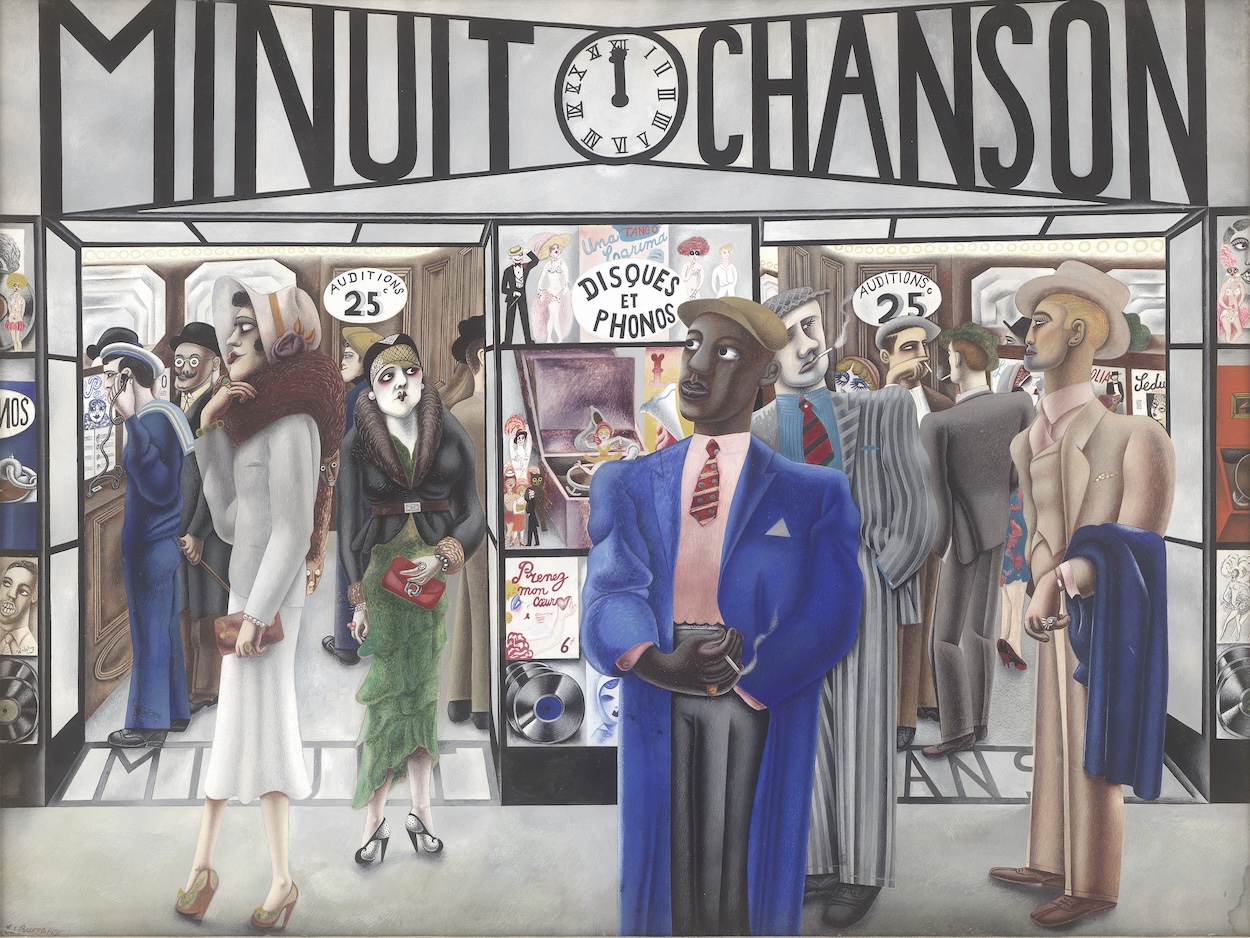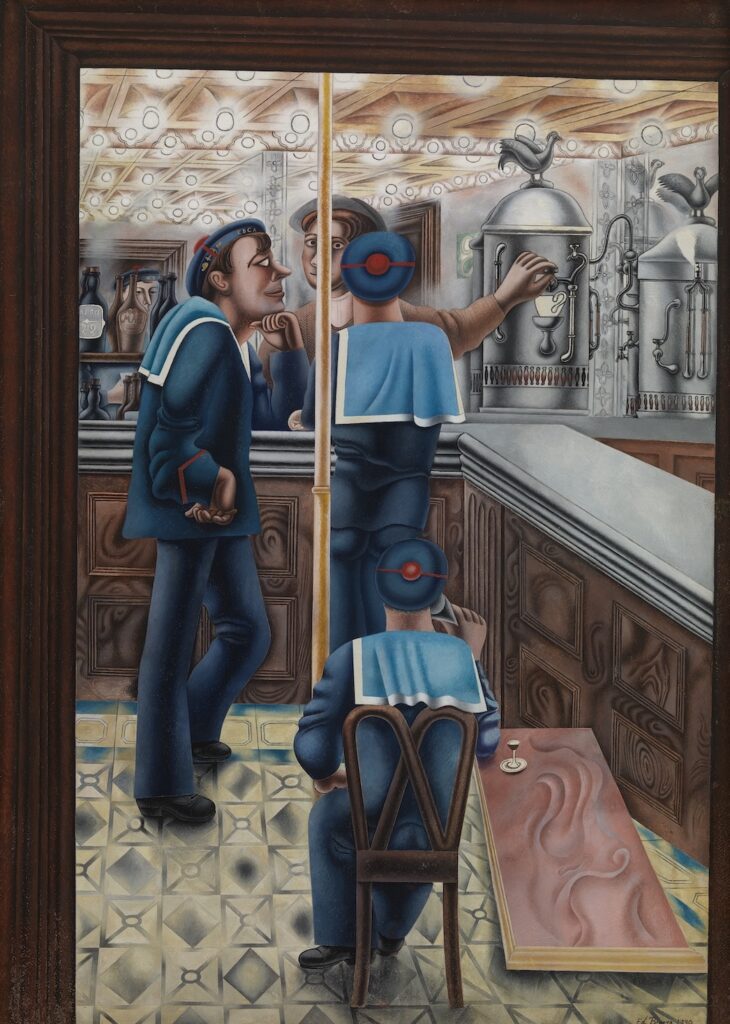Edward Burra: Tate Britain curator on ‘queer life, joy and desire’ in artist’s work ahead of major retrospective
"Though Burra’s sexuality remains ambiguous – he lived at a time when homosexuality was illegal in the UK - his art pulses with depictions of queer life, joy and desire"

A top art curator has reflected on the unique appeal to LGBTQ art lovers of Edward Burra ahead of an exhibition of the artist’s work at the Tate Britain next month.
Edward Burra – Ithell Colquhoun, which runs from 13 June–19 October 2025, will showcase Burra’s work alongside the works of fellow British great Ithell Colquhoun.
This will be the first retrospective of Burra’s work in London in 40 years. Burra, according to Tate reps, is renowned for his vibrant, satirical scenes of the uninhibited urban underworld and queer culture during the ‘Roaring Twenties.’
“Burra and his bohemian friends were ‘sailor mad”
Thomas Kennedy, Curator, Modern British Art, Tate Britain tells Attitude: “Edward Burra was a British artist who vividly captured the queer nightlife of Paris and the south of France during the ‘Roaring Twenties’.

“In Paris, he immersed himself in gay-friendly bars and clubs lining streets like Rue de Lappe. His work Rue de Lappe (1930) depicts men dancing together in a club, embodying the era’s spirit of queer liberation.
“He also painted sailors on leave in the sun-drenched south of France, as seen in Three Sailors at a Bar (1930). Burra and his bohemian friends were ‘sailor mad’, incited by the risqué stories found in French books and films.
“Though Burra’s sexuality remains ambiguous – he lived at a time when homosexuality was illegal in the UK – his art pulses with depictions of queer life, joy and desire.”
For more information about Edward Burra – Ithell Colquhoun and for tickets, click here.
